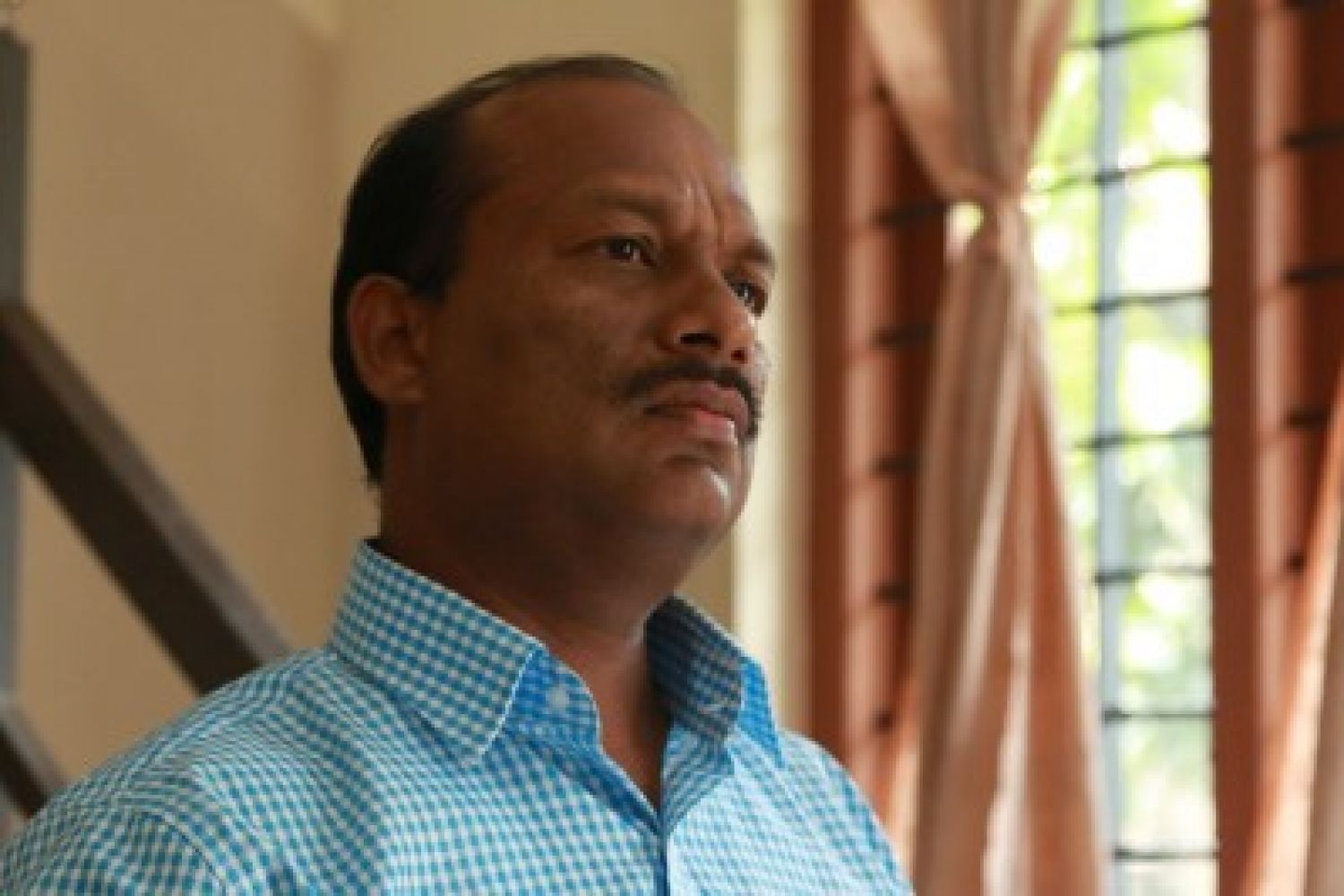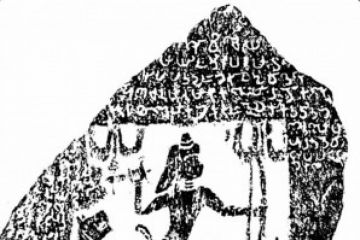
“In a time when
people everywhere tend to speak alike and live alike, I consider it my good
fortune to be able to record, through my writing, a unique way of living and
speaking that is being lost. And yet, the purpose of the art form that is the
novella is not the documentation of a society, or a description of its life and
its customs and rituals. To do that, a historian or an essayist would more than
suffice. In fact, they would be more qualified to do it than a writer of
fiction. The





